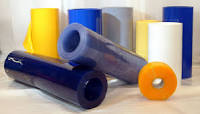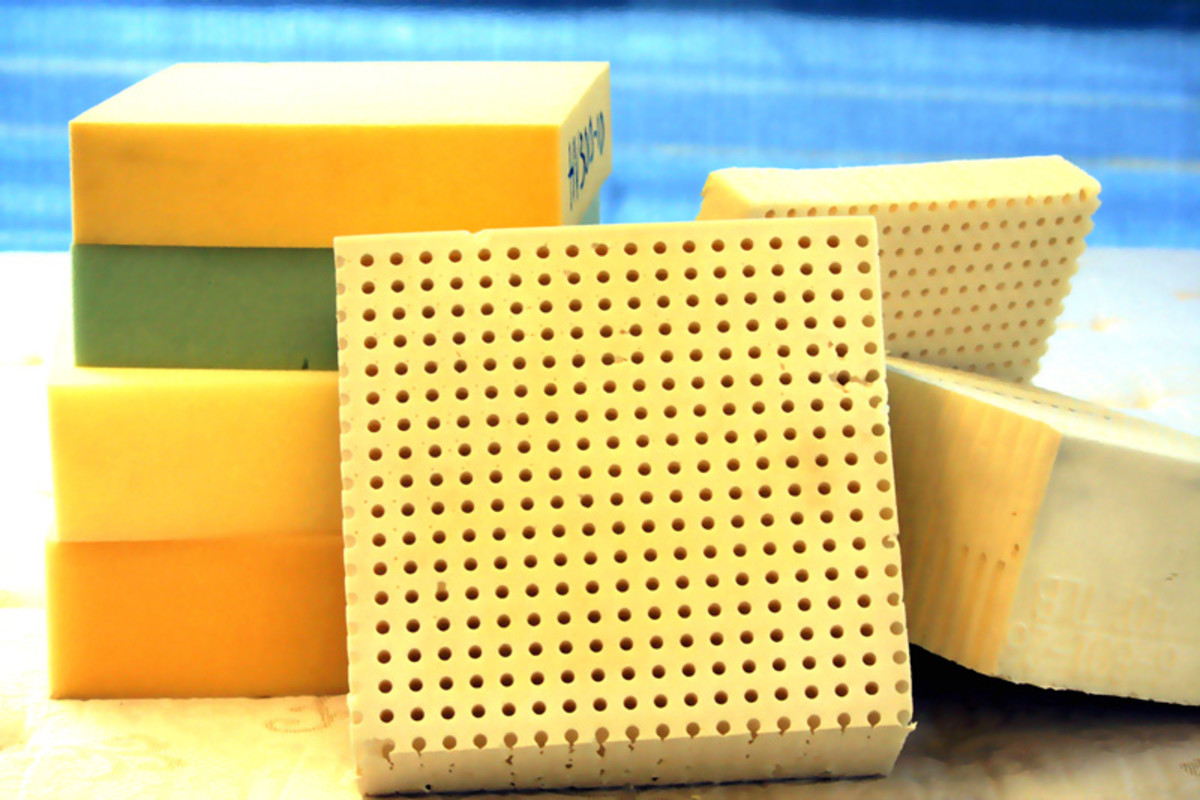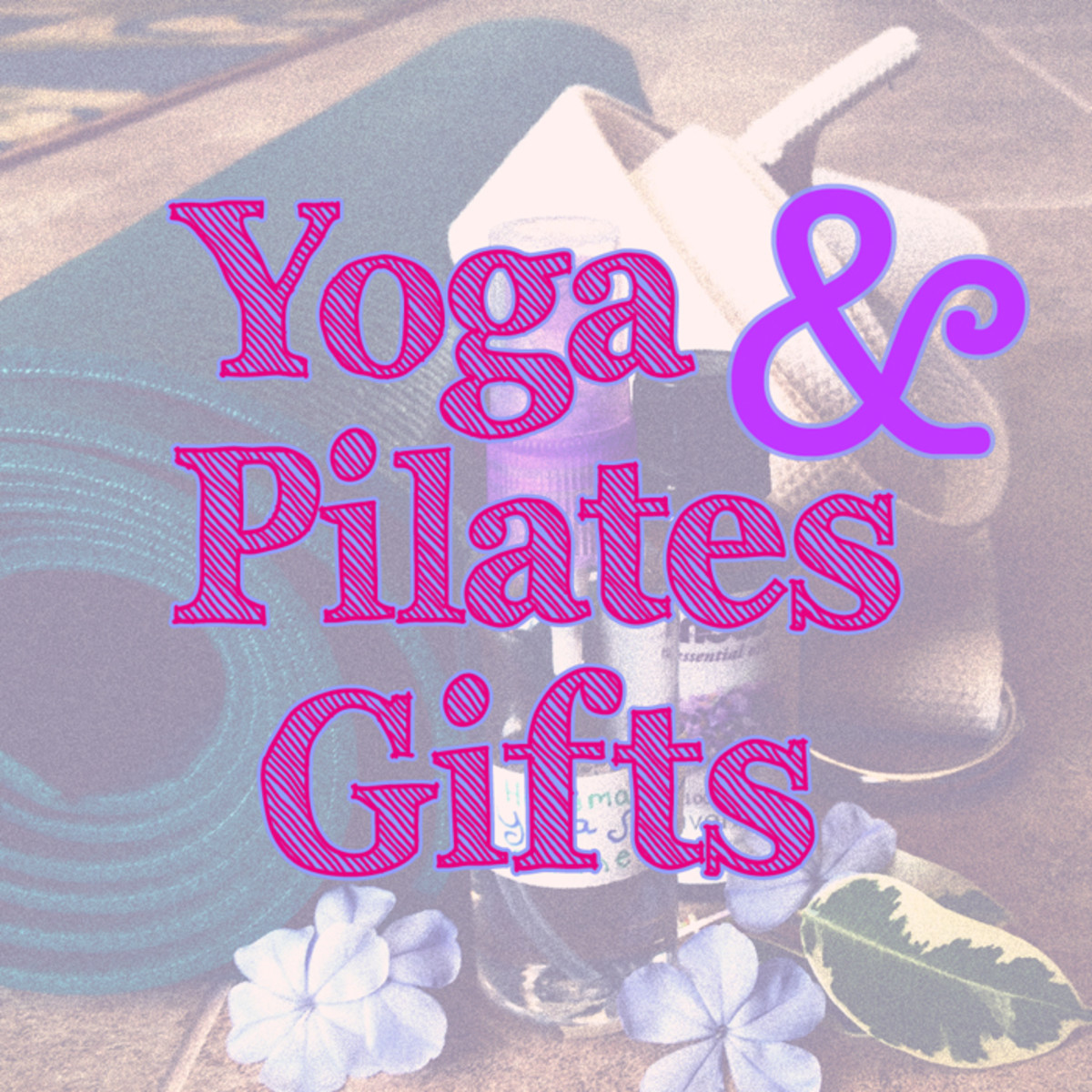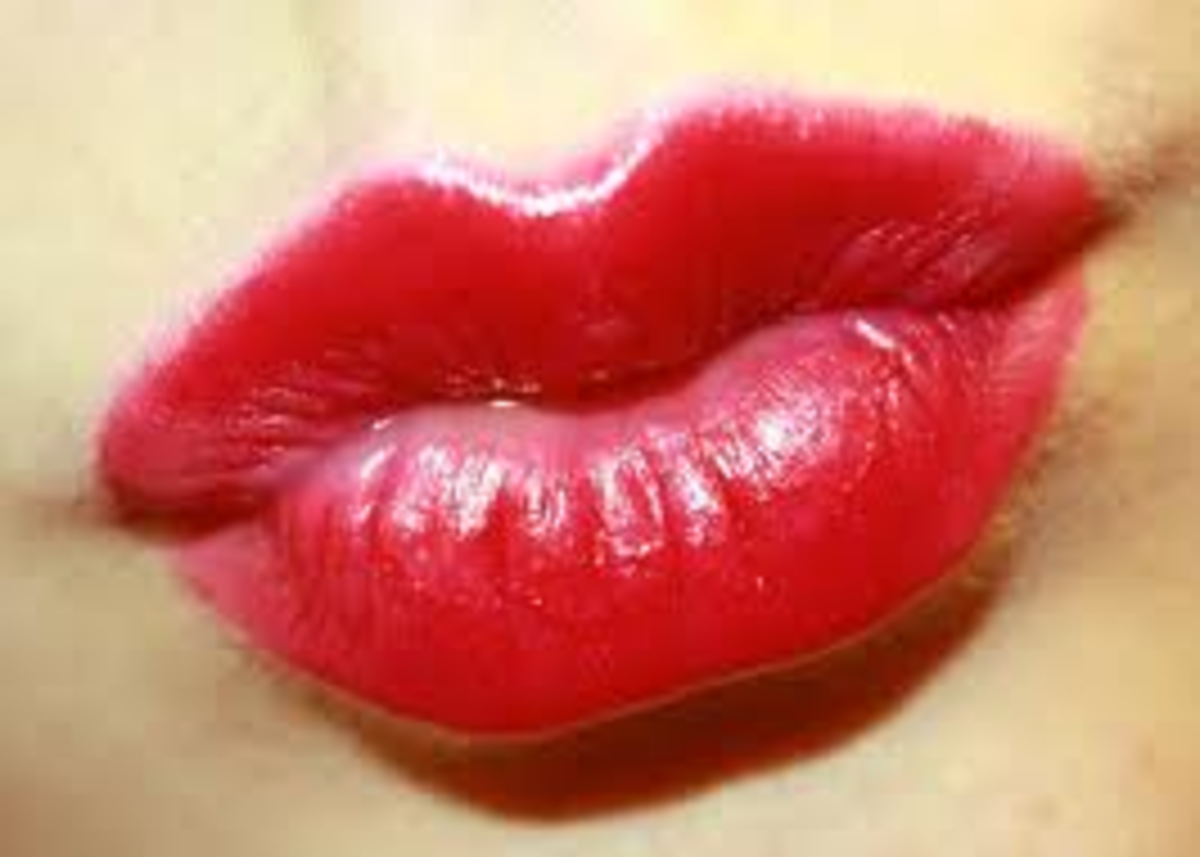Ultimate Yoga - everything you need to know
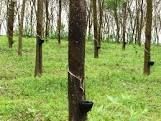
Natural rubber tree plantation
This is a rubber tree plantation during the tapping process to get liquid rubber. It is essentially the same process we use to get that great maple syrup from maple trees. No trees are cut down or injured in this process. It takes about six years of growth before tapping a rubber tree is practical. When it comes time for harvesting the sap, a small incision is made on the trunk. When the white sap (latex) flows out of the tree, it is collected in containers and taken to a facility to produce all kinds of products composed of rubber.
Rubber trees are tremendous for removing chemical toxins (specially formaldehyde) from indoor air, and they also require less light for performing this valuable function making this plant one of the top 10 most valuable indoor house plants. Be careful though, as the leaves can be toxic to pets and small children, so they should be conveniently placed on tables or ledges out of reach of your cat, dog and small child.
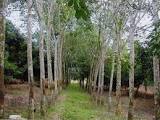
Which is the better mat?
PVC mats VS natural rubber
Yoga - PVC mats versus natural rubber
Who does not feel better after yoga class? Yoga is the union of the spirit, mind and body. It decreases blood pressure, increases endurance and flexibility, stabilizes the nervous system, and opens up your channels in ways that you have never imagined.
PVC
The majority of today's yoga mats are manufactured in China and Taiwan and are made out of PVC (polyvinyl chloride). While PVC makes a great mat due to its durability, grip and price point - there is no environmentally safe way to create, use, or destroy these mats.
PVC is not just in yoga mats. It is in shower curtains, fake Christmas trees, sex toys, IV bags and lots more. That new car (or new yoga mat) smell is the sent of plastic softened with phthalates, and stabilized with cadmium and lead. This reeks with negative karma and gives me the creeps just thinking about it.
Because it's cheap PVC became the plastic of choice, but it actually priceless when you consider the impacts on human health and the environment. PVC cannot be incinerated or buried in landfills because it releases dioxin, a known carcinogen, and it can't be recycled either do the toxins embedded within it.
Rubber
Natural rubber is very eco-friendly because it is derived from a renewable resource - the rubber tree - and because it's also biodegradable. Rubber mats are fairly durable and typically quite sticky. This gets major good karma points.
There are two types of rubber yoga mats, open cel rubber and closed cell rubber. Open cell rubber absorbs sweat which makes it sticky, but it does require more frequent cleaning. Closed cell rubber on the other hand, does not absorb sweat so it is more hygienic but also more slippery.
Rubber yoga mats have a tendency to give off an odour for the first few days that you use it, but if aired out the smell should go away. Those with latex allergies may want to stay away from a natural rubber mat. The good news here is there are also synthetic, latex-free rubber mats available.
Rubber yoga mats tend to attract a higher price than the PVC counterpart, but rubber does not have a harmful emission to you and the environment..
Reprinted with permission from XRsize.guru
Next - what is the favourite colour for yoga mats.
Perfected balance on surfboard
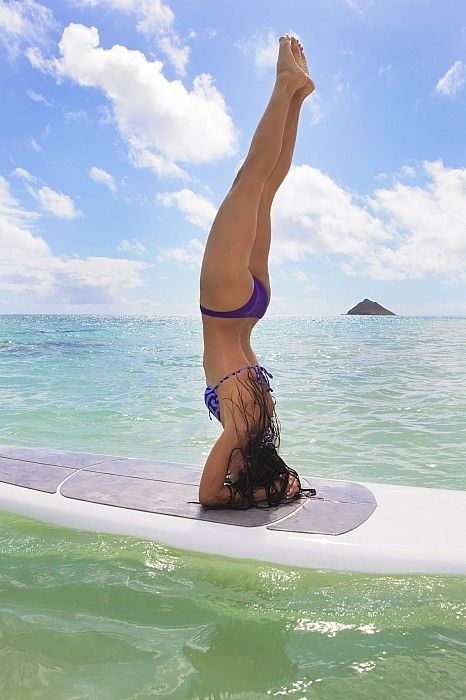
Black natural rubber mat
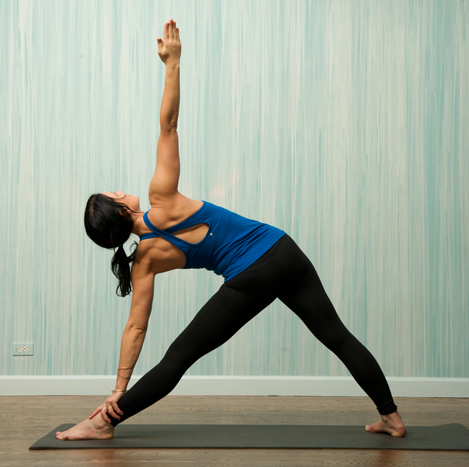
Half moon pose
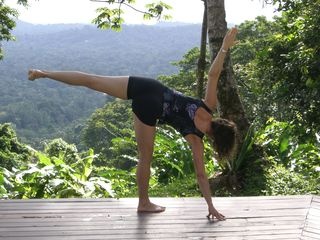
Beginners guide to Yoga
Here is a great Amazon book on beginner yoga entitled "An introduction to Yoga" by Annie Wood Besant. It is available in Kindle, hardcover, and paperback format.
Standing Splits
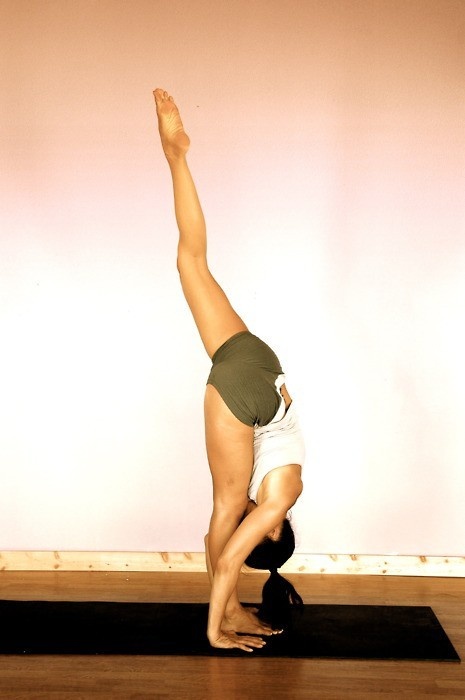
PVC items
